Meta Flaunts ‘Make-A-Scene’ Tool That Creates AI Art Closer To Human Preferences
By Alexa Heah, 19 Jul 2022
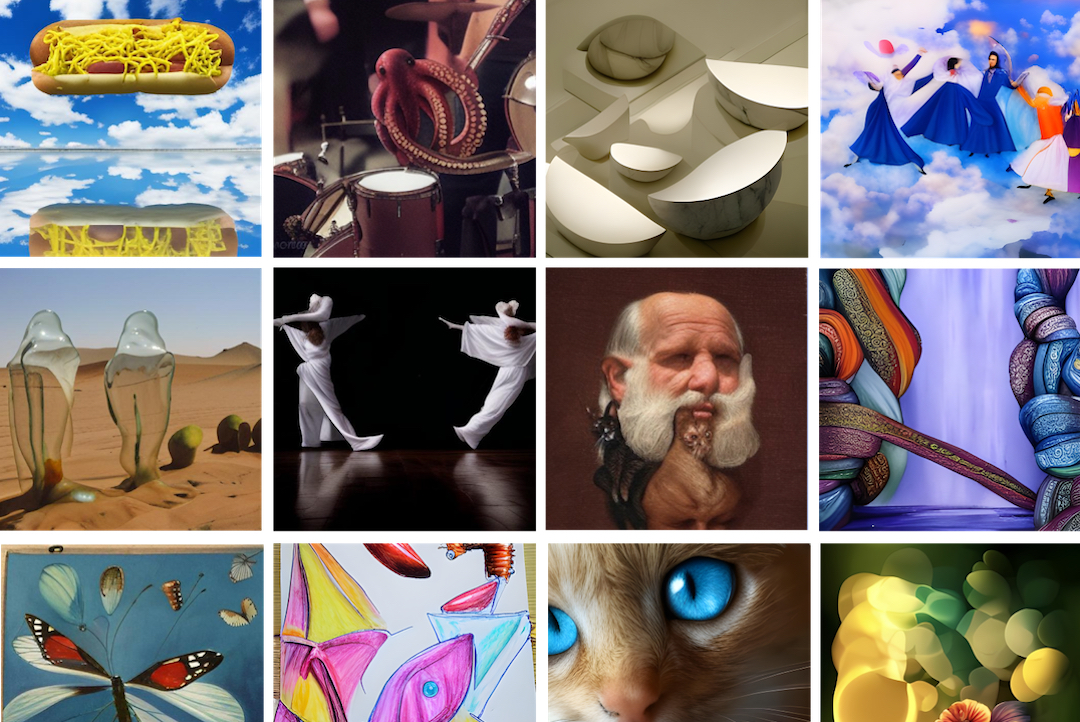
In a recent blog post, Meta AI, the branch of technology giant looking into artificial intelligence, revealed a new research project it’s been trialing, dubbed ‘Make-A-Scene’, which allows “anyone to bring their imagination to life.”
Unlike regular text-to-image generators, such as the popular ‘DALL-E Mini’, Make-A-Scene lets users add a digital sketch to the text input to help the algorithm generate the final image, enabling better controllability, improved structural consistency, and a more accurate match to “human preference.”
“To realize AI’s potential to push creative expression forward, people should be able to shape and control the content a system generates. It should be intuitive and easy to use so people can leverage whatever modes of expression work best for them,” the post explained.
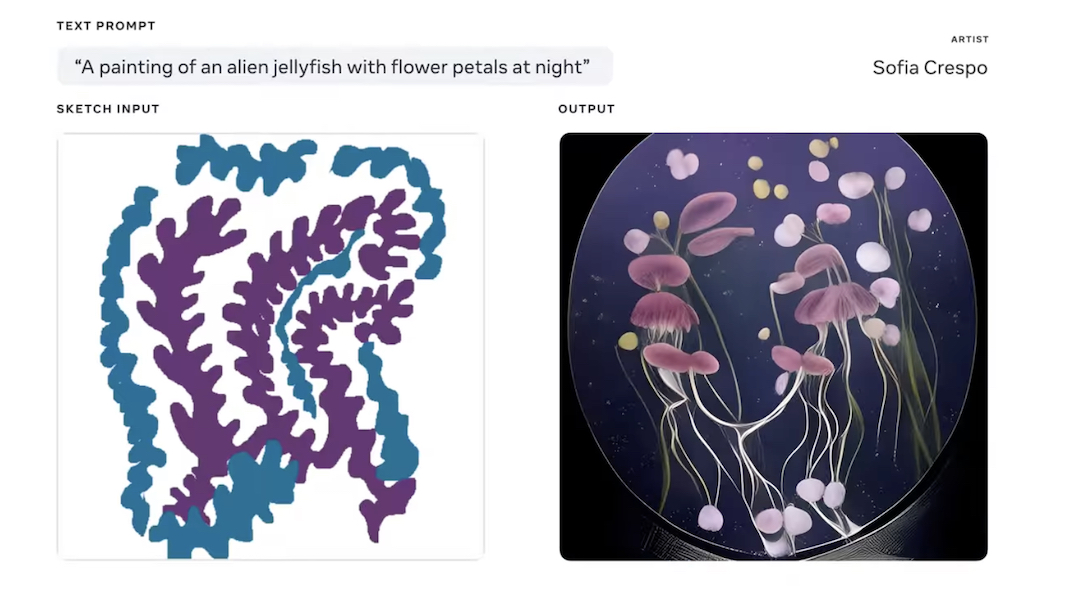
Meta appears to be so confident in the ability of its AI art program that it asks artists to imagine creating stunning Impressionist landscapes “without ever picking up a paintbrush,” or simply using the generator to come up with storybook illustrations to accompany the text.
Putting Make-A-Scene to the test, Meta collaborated with human evaluators—including internal employees and AI artists Sofia Crespo, Scott Eaton, Alexander Reben, and Refik Anadol—to work with the program, comparing an image generated only from text and another from both text and a sketch.
Findings showed the additional sketch allowed for a final image that was more in line with the artist’s vision 66.3% of the time and, though not perfect, is certainly a significant improvement over creations the AI comes up with just from words.
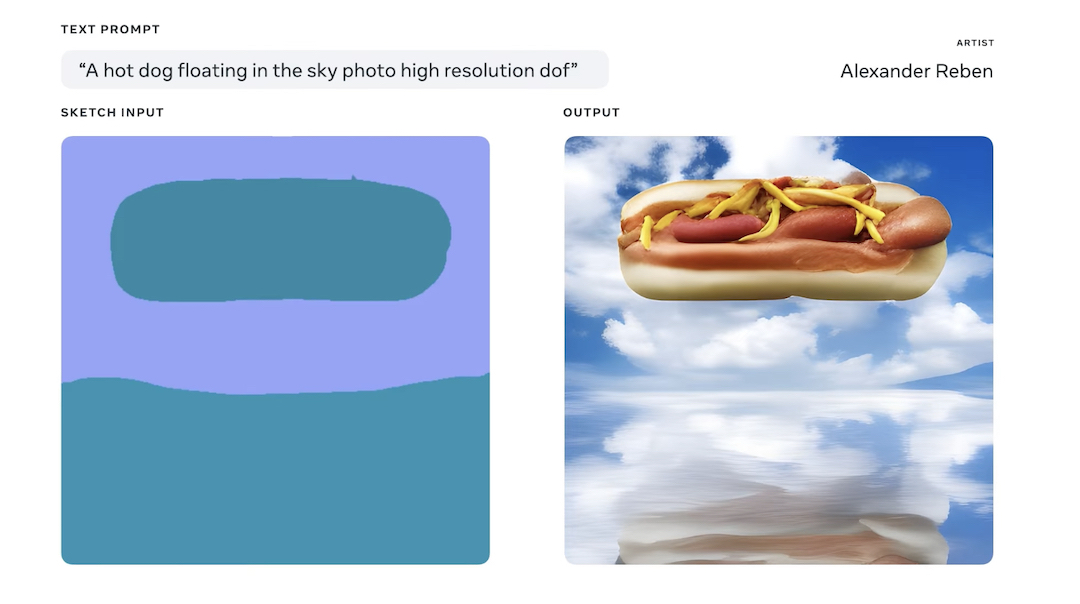
“Make-A-Scene provides a level of control that’s been missing in other state-of-the-art generative AI systems. Text prompting alone is very constrained, often like wandering in the dark. Being able to control the composition is a powerful extension for artists and designers,” quipped artist Scott Eaton.
“As a visual artist, you sometimes just want to be able to create a base composition by hand, to draw a story for the eye to follow, and this allows for just that,” concurred Sofia Crespo.
While the program currently isn’t open to the public, Meta has promised access for demonstrations in the near future, saying it’s working on “this new class of generative creative tools” in 2D, 3D, and mixed reality worlds.
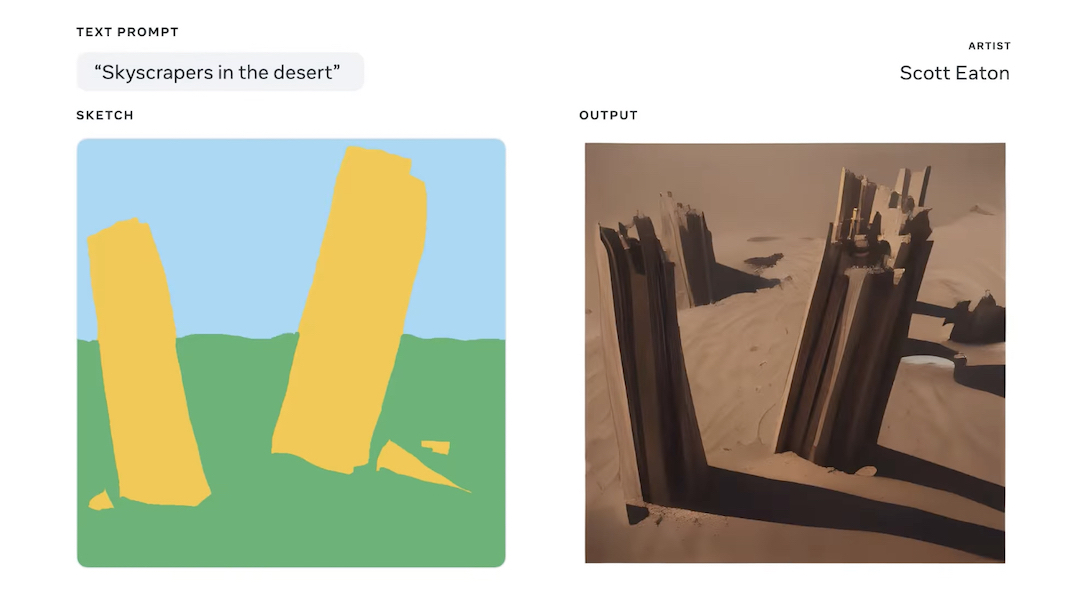
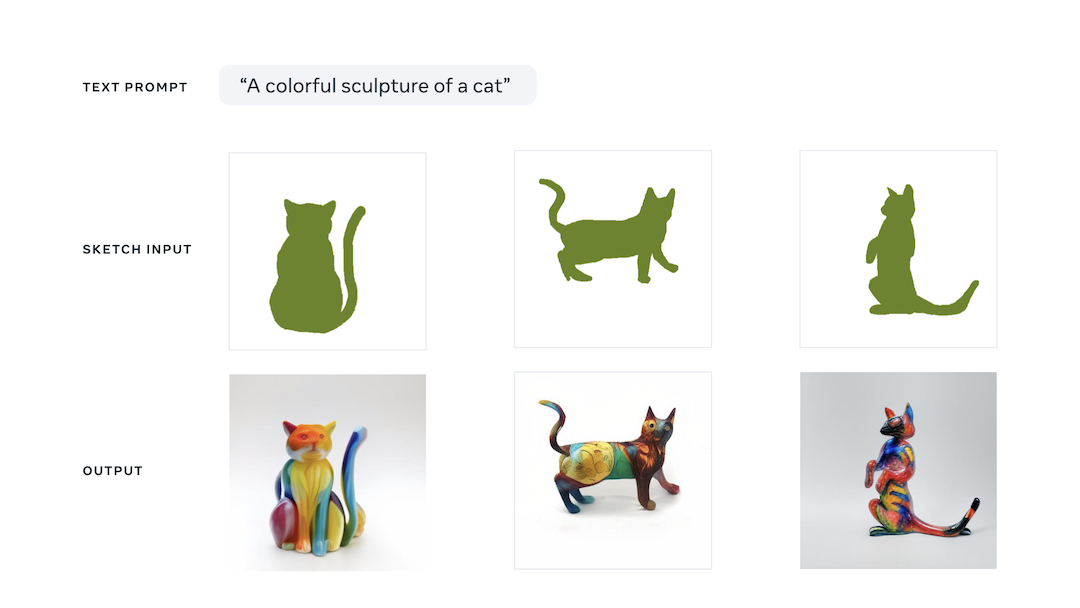
[via Artnet News and Meta, images via Meta]





